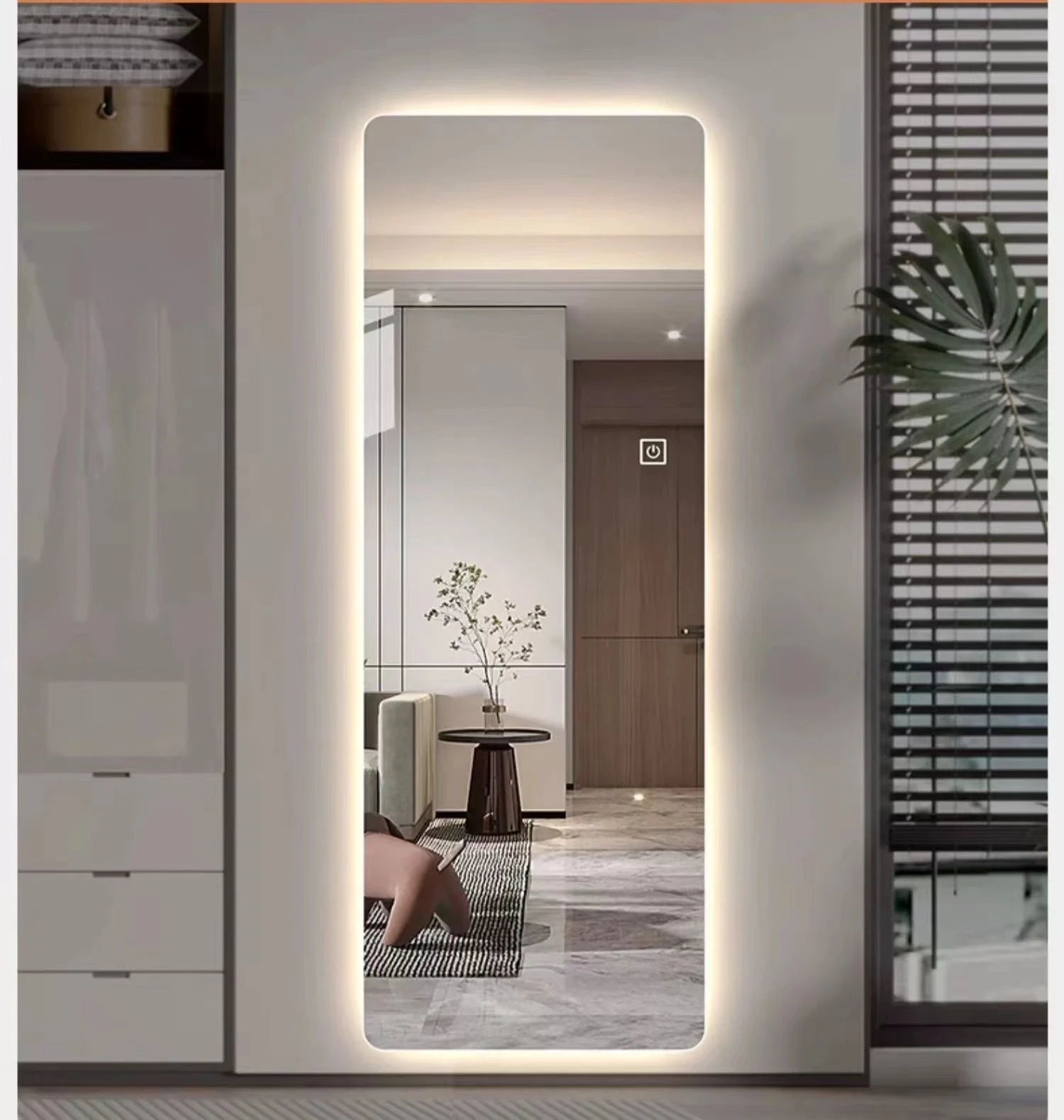

Exploring the Aesthetics and Functionality of Low-E Obscure Glass
In the architectural and design world, the materials we select can have a significant impact on both aesthetic appeal and functional performance. One such material that has garnered attention in recent years is low-emissivity (low-E) obscure glass. This unique combination of properties offers not only a visually appealing solution but also enhances energy efficiency, making it an excellent choice for modern building projects.
Low-E obscure glass is designed to reduce heat transfer, making spaces more comfortable and energy-efficient. Traditional glass allows a significant amount of heat to enter or escape, causing reliance on heating and cooling systems and ultimately leading to increased energy consumption and costs. Low-E glass, on the other hand, features a microscopic coating that reflects infrared energy while allowing visible light to pass through. This means that in colder months, it reflects heat back into the room, while in warmer months, it minimizes heat gain from the outside.
In addition to its functional benefits, low-E obscure glass provides a level of privacy and aesthetic uniqueness that clear glass simply cannot match. The term obscure refers to its textured surface, which distorts the view while allowing light to filter through. This is particularly advantageous in settings like bathrooms, conference rooms, and residential properties close to neighbors. The design possibilities are endless; from frosted patterns to complex designs, low-E obscure glass can be tailored to fit a variety of architectural styles and personal tastes.

This combination of privacy and light makes low-E obscure glass a popular choice for not just residential buildings but also commercial spaces. In offices, it can help create a more open and collaborative environment while maintaining the necessary confidentiality for sensitive discussions. Restaurant owners appreciate the way this glass can create intimate dining environments while still allowing diners to enjoy natural light.
Moreover, the environmental considerations associated with low-E obscure glass cannot be overlooked. With growing awareness around climate change and energy conservation, architects and builders are increasingly prioritizing sustainable materials. Low-E glass contributes to reducing a building's carbon footprint by decreasing the need for artificial heating and cooling, which can directly impact energy production and greenhouse gas emissions.
The durability of low-E obscure glass is another attractive quality. Unlike standard glass, which can be prone to scratches and deterioration over time, low-E coatings are engineered to be robust, ensuring that the glass maintains its appearance and functional properties for years. This longevity translates not only into aesthetic continuity but also reduces replacement costs, further enhancing its appeal for both homeowners and commercial property developers.
In conclusion, low-E obscure glass stands out as a remarkable option that successfully marries aesthetics with function. Its ability to offer privacy while maximizing natural light, coupled with significant energy-saving properties, makes it a versatile choice for a wide range of applications. As the demand for sustainable building materials grows, low-E obscure glass is poised to play an increasingly significant role in the future of architecture and design, transforming how we think about our living and working environments. Whether it's in a modern office or a cozy home, this material reflects a thoughtful approach to creating spaces that are both beautiful and considerate of our planet's resources.